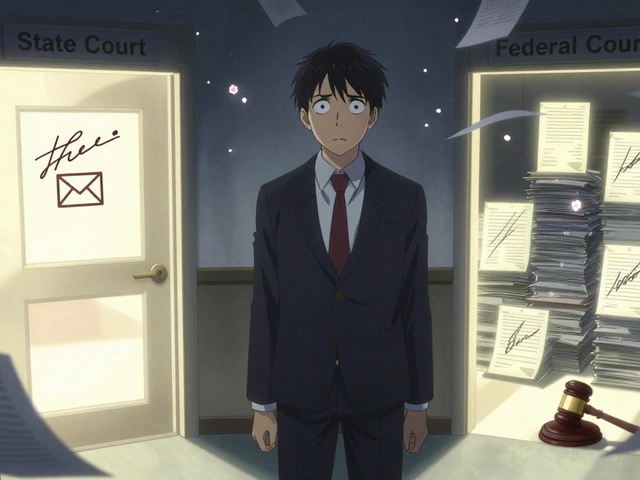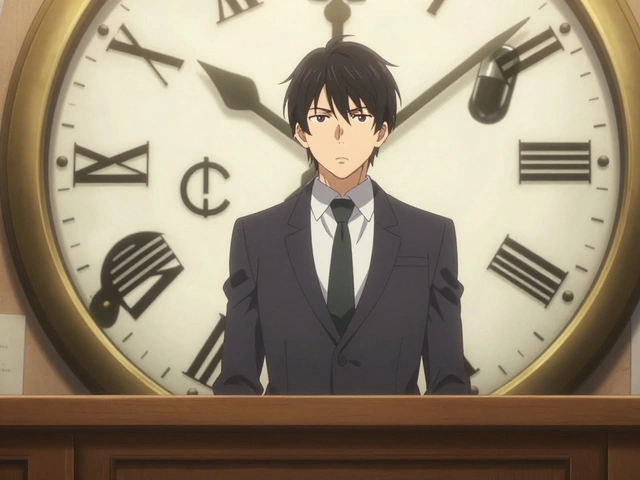Headache Therapy: Quick Relief Tips & Effective Treatments
Got a pounding ache that just won’t quit? You’re not alone. Most people deal with headaches a few times a month, and most of them can be eased without a prescription. Below you’ll find straight‑forward steps you can take right now, plus guidance on when it’s time to get professional help.
Common Causes of Headaches
Headaches come in many flavors, but a few culprits show up over and over. Dehydration is a sneaky one – even a mild dip in fluids can trigger a throbbing pain. Poor posture, especially when you’re hunched over a screen, strains neck muscles and often leads to tension‑type headaches. Skipping meals or eating foods high in caffeine, sugar, or preservatives can spark a flare‑up too. Finally, stress and lack of sleep are big players; they raise the brain’s pain‑sensing chemicals and make you more sensitive to everyday triggers.
Effective Therapy Options
When a headache strikes, start with the basics. Drink a glass of water and keep sipping for the next hour; hydration alone can dissolve many mild pains. Apply a cold pack or warm compress to your forehead or neck – cold numbs the pain, while heat relaxes tense muscles. A short walk in fresh air or a few minutes of gentle stretching can boost circulation and ease pressure.
If you prefer over‑the‑counter meds, ibuprofen or acetaminophen work well for most tension or migraine attacks. Follow the label dosage and avoid mixing with alcohol or other painkillers. For migraines, a triptan tablet prescribed by a doctor may be necessary; it stops the migraine cascade early and often reduces the need for additional meds.
Natural remedies are worth a try, too. Caffeine in modest amounts (a cup of coffee or tea) can shrink migraine vessels and bring relief, but too much can backfire. Magnesium supplements have helped many people lower migraine frequency – a typical dose is 400 mg nightly, but talk to your doctor first. Essential oils like peppermint or lavender, applied to the temples, can calm the nerves and cut the pain.
Don’t overlook lifestyle tweaks. Aim for 7‑9 hours of sleep, set a regular meal schedule, and stay active with at least 30 minutes of moderate exercise most days. Reducing screen glare, taking frequent breaks, and using ergonomic chairs can stop tension headaches before they start.
If your headaches are severe, last longer than 24 hours, or are accompanied by visual changes, confusion, or fever, it’s time to see a healthcare professional. Persistent or worsening pain may signal an underlying condition that needs targeted treatment.
Bottom line: most headaches can be tamed with water, rest, simple over‑the‑counter meds, and a few lifestyle adjustments. Keep a headache diary – note what you ate, how much you slept, and any stressors – to spot patterns and prevent future attacks. With a bit of trial and error, you’ll find the therapy that works best for you and keep those headaches in check.

Flunarizine for Cluster Headaches: Effectiveness, Usage, and Alternatives
Explore how flunarizine works for cluster headaches, its benefits, side effects, dosing, and how it stacks up against other preventive options.




